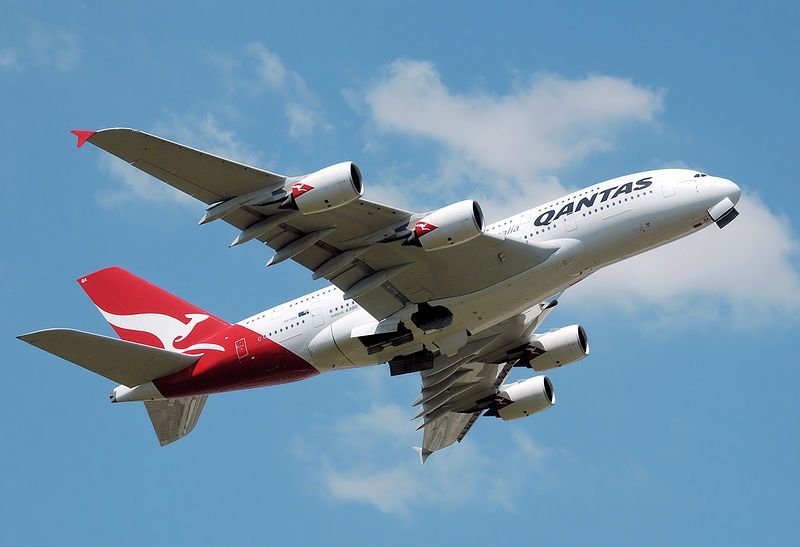The risk to passengers on the damaged Qantas A380 may have been greater than first assumed. Recent interviews with flight crew by the Australian Transport Safety Bureau have revealed more damage was done to the plane than indicated by original reports.
Flight QF32 was forced to make an emergency landing last week after the aircraft's No 2 engine exploded, causing a fuel leak, destroying wiring and ripped holes in the A380's left wing.
The Sydney Morning Herald reports that the aircraft's hydraulic system was also damaged. This meant half of the plane's spoilers, which slow the plane down during landing, could not be deployed.
Qantas and Rolls-Royce believe the problem is exclusive to the engines in the Qantas fleet. Qantas was running its Trent 900-series engines at a higher thrust power than Singapore Airlines or Lufthansa, due to the length of the long haul route between Melbourne/Sydney and Los Angeles.
The extra weight of the fuel required for this route means Qantas must use a higher thrust power at takeoff than Singapore Airlines or Lufthansa has to use. It's believed that the engines being used by the other two carriers are safe enough to continue flying.
At a press conference on Monday afternoon, Qantas CEO Alan Joyce said the grounded A380s would not be back in the skies for at least another 72 hours. The backlog of delayed flights has reportedly been cleared, and flights usually made by the fleet are currently covered by Boeing 747s and Airbus A330s, ensuring less capacity is available for flights.
Rolls-Royce, the most tight-lipped of the companies involved, has said it will issue a statement on the matter this Friday.
Further reading: Qantas to start Airbus A380 flights to Dallas from September 2014
Follow Australian Business Traveller on Twitter: we're @AusBT

Hi Guest, join in the discussion on New dangers discovered on failed Qantas flight